Chignal Smealy, St Nicholas
The Church
The church of St Nicholas stands in the village of Chignal Smealy, in a small churchyard.
It was built in the early sixteenth century, and is notable for having been originally constructed of red brick, including the buttresses, hood moulds and tracery (with the exception of the east window, where the tracery has been renewed in stone). Uniquely, even the font is of brick. The roofs are covered with plain tiles.
The tower, brick envelope of the nave (but not the north aisle) and chancel (but not the vestry), the roof timbers, doors, piscinae and niches, font, screen and original benches all date from the early sixteenth century.
Other important features include the octagonal pulpit and the Jacobean communion table, as well as earlier features relating to a church previously on this site, or imported from elsewhere: the brass indent and fragments of stained glass.
The 1847 north aisle and vestry were designed by Joseph Clarke of Lincolns Inn Fields, London (1819/20-1881), a gothic revival architect who specialised in church and school buildings. He was a member of the Ecclesiological Society and surveyor to the dioceses of Canterbury, Rochester and St Albans. His additions to the church are from fairly early in his career, but show an assured familiarity with late medieval/Tudor detailing and complement the original design well.
The church was restored in 1894, when it appears that the plaster was removed from the ceilings and most of the walls. In addition to the loss of historic finishes, this has had the regrettable effects of making the church darker and less easy to heat.
The 1904 alterations and additions are attributed by Bettley & Pevsner to Alfred Young Nutt (1847-1924), surveyor to St George’s Chapel, Windsor and Windsor Castle. This work includes the south porch, the east and west windows, the lectern and reading desk and probably also the reredos, altar (possibly imported) and dado in the chancel and the screen at the south entrance. The Apollo organ is one of several hundred produced by Rushworth & Dreaper between the wars.
Our Work
The church supports populations of Natterer’s, Pipistrelle and Brown long-eared bats, possibly with maternity roosts. The active community keeps the church impeccable, but bat urine has marked the brasses and memorials. The project commissioned and funded protective frames for the war memorial and brasses, which are in keeping with the church interior. These have now been installed so that the church’s heritage is no longer at risk.
Chignal case study
Upcoming events
If you’d like to contact or find out more about the church, visit their page on A Church Near You
